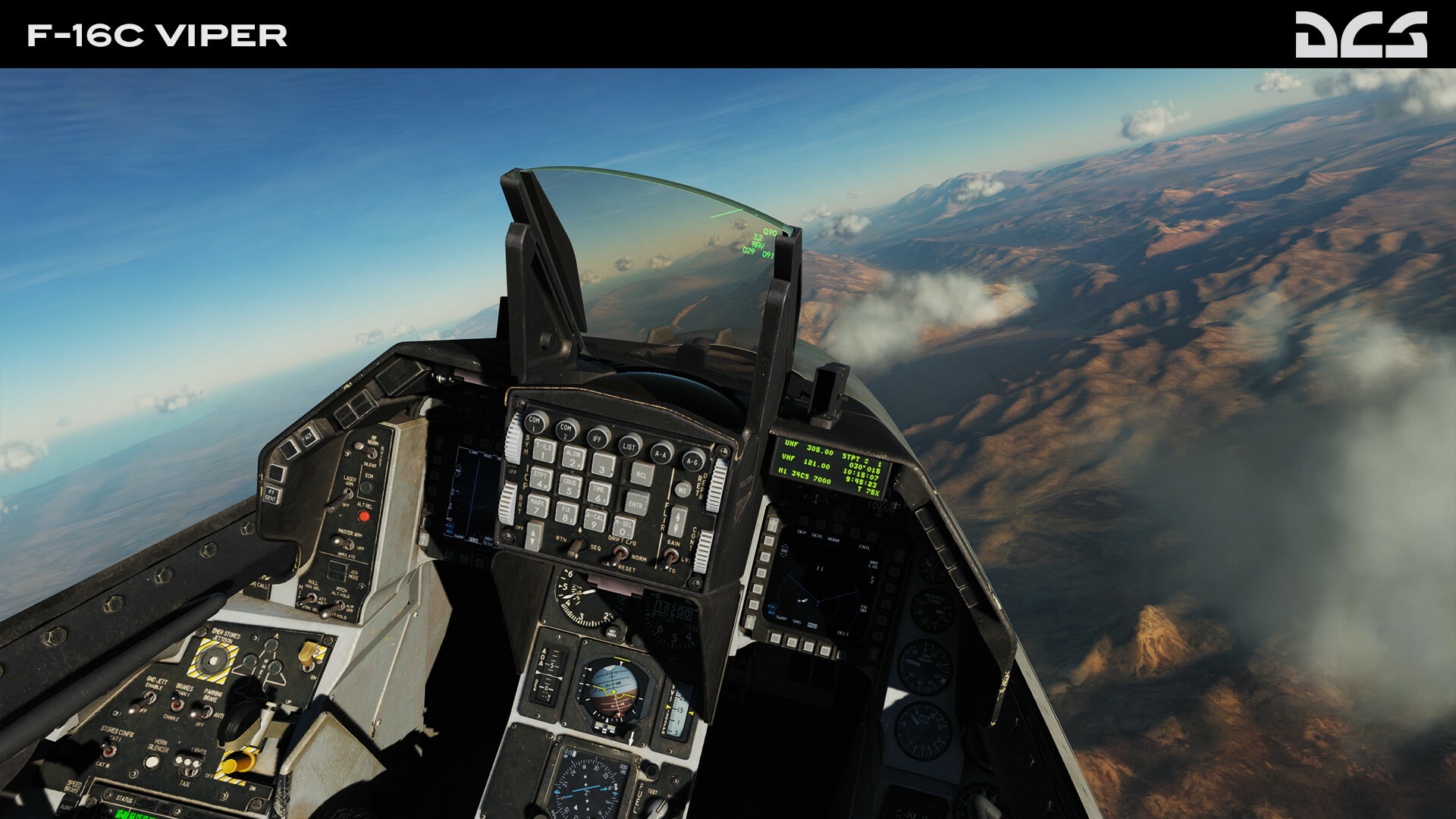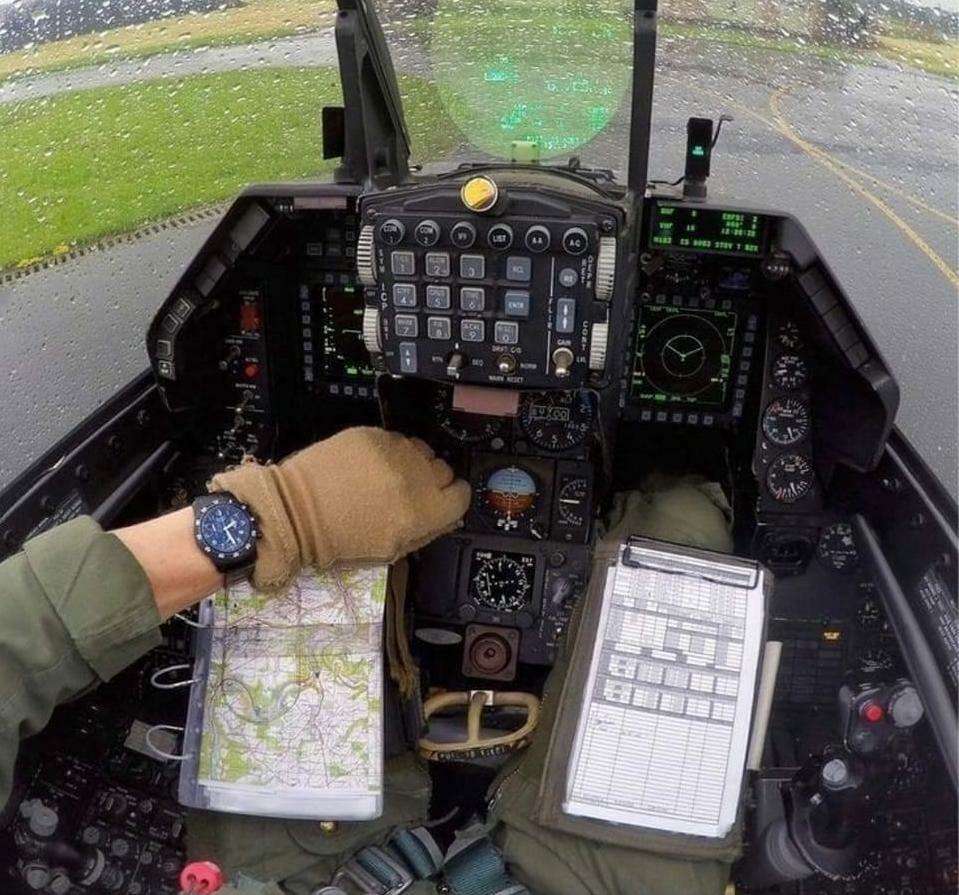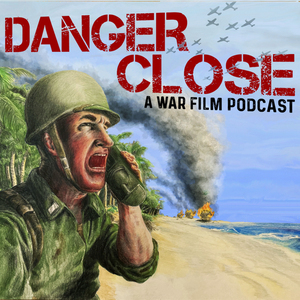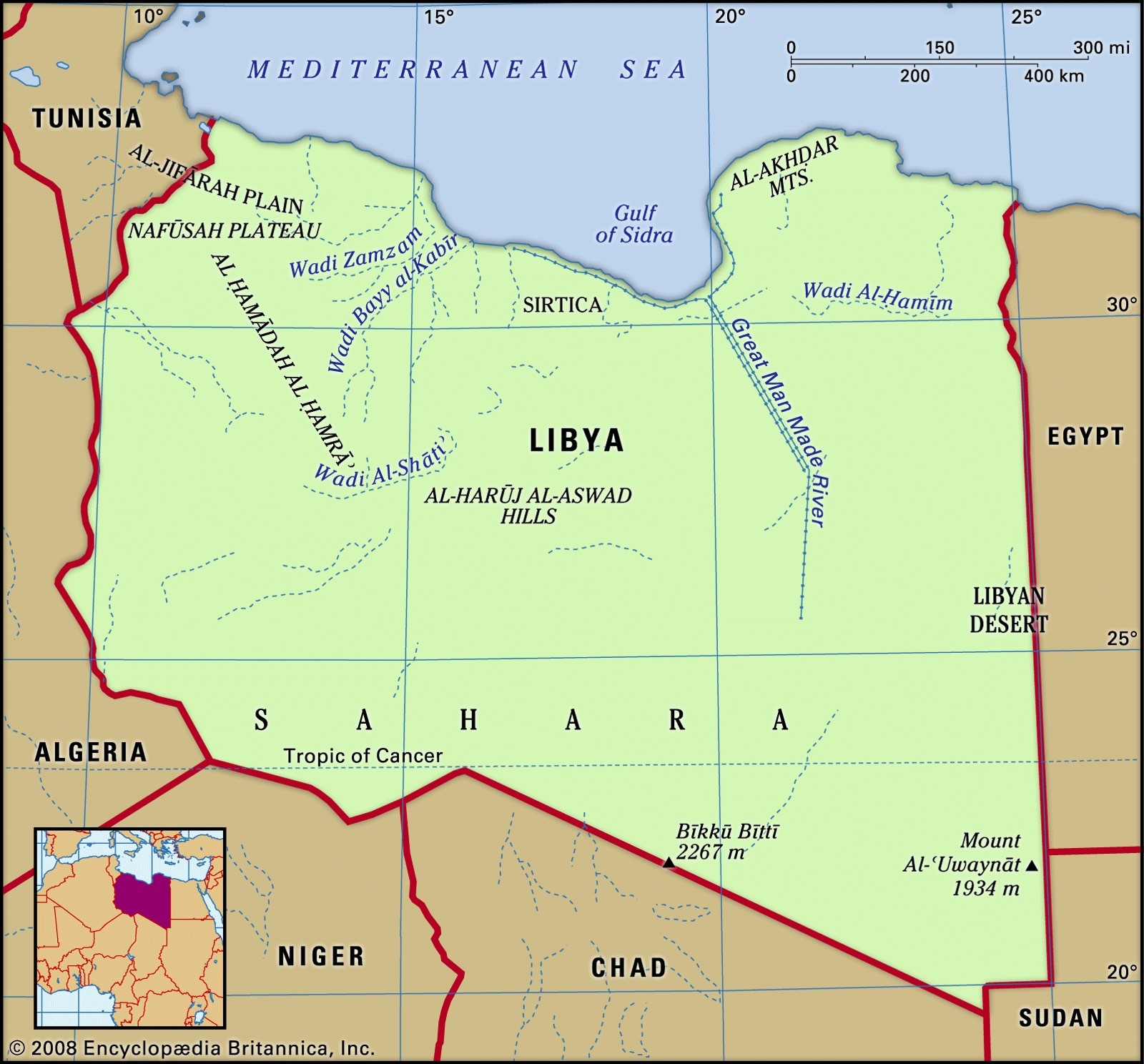Iron Eagle (1986)
Rich Stephens
*Quick Take: * This movie does for military aviation what Billy Madison’s answer does for Reflections of Society in Literature: “What you've just said is one of the most insanely idiotic things I have ever heard. At no point in your rambling, incoherent response were you even close to anything that could be considered a rational thought. Everyone in this room is now dumber for having listened to it. I award you no points, and may God have mercy on your soul.”
Research wise, there isn’t a historical event the film is based on. This may come as a shock, but kids have never conspired to steal F-16s from an Air Force base, fly to the Middle East from somewhere in the U.S. (which would require multiple in-flight refuelings and hand off to various ATC authorities), attack another country, LAND on an enemy airfield, rescue a downed pilot, take off from said enemy airfield, and fly back to Germany. The access these kids have, and the overall plot strains all credulity.
The only real event even resembling any part of the film would be the beginning of the movie and the several Gulf of Sidra incidents (covered below).
There are several movies that are compared to Top Gun. Usually along the lines of, “It’s the Air Force's Top Gun” (for Iron Eagle) or “It’s the Army’s Top Gun” (for Firebirds - another terrible movie that needs to be on the list with Nicholas Cage flying an AH-64 Apache helicopter.)
This is a type of movie that you don’t see anymore, but was prolific in the 80s. The ‘kids save the day against the adults and/or do impossibly technical things’ movie. See films like Toy Soldiers, Real Geniuses, Flight of the Navigator, the Last Starfighter, and The Explorers.
Trivia
While Iron Eagle is frequently thought of as a Top Gun knockoff, it was actually released a few months earlier in January 1986 (Top Gun was released in May of '86.)
Acrobatic pilot Art Scholl flew “the snake” sequence/race. He would die tragically soon after, while filming the flat spin footage for Top Gun when his Pitts Special biplane entered a spin he was not able to recover from.
The US Air Force pulled their support for the movie after they realized the plot involved kids hacking into base computers and stealing equipment. Production was moved to Israel, and the Israel Defense Forces (IDF) Air Force's F-16I Sufas were used instead. This also explains why the enemy “MIG-23” planes are actually IDF Kfir fighters (based on the French Mirage 5.)
The IDF has purchased export versions/licensed manufacturing of several NATO aircraft over the years. These include U.S. made F-4, F-16, F-15 and now F-35 variants, as well as French Dassault Mirage III and Mirage 5.
Several 80s movie “second bananas” are in this. Stiles from Teen Wolf (Jerry Levine) and Lamar from Revenge of the Nerds (Larry B. Scott) appear as friends of Flybaby. Fun fact: Anthony Edwards was also in Revenge of the Nerds before appearing in Top Gun as Goose. Also, Jan from the Office (Melora Hardin.)
This film did give us an excellent Family Guy bit:
(551) Family Guy - Faster than the Speed of Love - YouTube
*Research and Talking Points *
Glossary:
MiG: Short for Mikoyan and Gurevich design bureau. A soviet/Russian aircraft manufacturer.
Su: Short for Sukhoi design bureau. The other major soviet/Russian aircraft manufacturer.
NATO reporting name: An easy and unambiguous English word for Russian, Chinese or Eastern Bloc military equipment. The Soviet Union did not always give their aircraft official nicknames (ala Tomcat, Eagle, Falcon, etc. in the west.)
Examples:
Su-22 = Fitter
Su-27/30/35 = Flanker
MiG-23/27 = Flogger
MiG-29 = Fulcrum (this name was adopted by Soviet pilots, as they liked how it represented how pivotal the aircraft was.)
Fox Codes: NATO brevity code called out when a specific type of missile is fired.
Fox 1 = A semi-active radar homing missile (SARH). Relies in the firing aircraft’s radar to track the target. NATO example is the AIM-7 Sparrow.
Fox 2 = An infrared guided missile. A “heat seeker”. Typically shorter range. NATO example is the AIM-9 Sidewinder.
Fox 3 = An active radar homing missile. The missile initially tracks the target using the launching aircraft’s radar, but as it closes with the target switches to its own on-board radar. NATO example is the AIM-120 AMRAAM and AIM-54 Phoenix (F-14 only.)
Pitbull: NATO brevity code for when a Fox 3 missile has gone active and can track on its own.
AWACS: Airborne Warning and Control System. An aircraft with a large, omnidirectional radar that can detect other aircraft from much farther away than traditional fighter-sized radars.
Gulf of Sidra Incident:
The closest thing to an “event that inspired the film” would be the 1981 Gulf of Sidra Incident. This involved two U.S. F-14 Tomcats (of Top Gun fame) shooting down two Libyan Su-22 Fitters. As depicted in the movie (via a fictional Libyanesque country,) Libya claimed the Gulf of Sidra as part of its territorial waters. The U.S. Navy conducted Freedom of Navigation operations in the Gulf to counter this claim, which Libya in turn challenged – with both sides sending multiple aircraft sorties into the contested area.
On August 19th, 1981 an S-3A Viking was flying a pattern inside the Libyan claimed zone, but outside of the internationally recognized 12 mile territorial water zone (Freedom of Navigation.) Two Su-22 Fitter aircraft were launched from Libya to intercept. U.S. Navy AWACS detected the Su-22’s, and vectored two USN F-14’s flying CAP in the area to intercept (the planes were callsigns Fast Eagle.) The Libyan 22’s fired on the F-14’s with an AA-2 Atoll short range, infrared, air-to-air missile. The F-14’s returned fire with infrared AIM-9L Sidewinder missiles splashing (shooting down) both Fitters.
A second Gulf of Sidra Incident happened in 1989 in which two Libyan MiG-23 continuously altered course to intercept a pair of USN F-14’s. As before, the F-14’s successfully engaged and splashed the Libyan aircraft. Audio and gun camera footage of this engagement is publicly available.
Mr. Peanut: This comment caught me off guard. Very obviously political dig at former President Jimmy Carter vs. current (at the time) President Ronald Reagan. Just seems like a “rah rah” comment at odds with the rest of the films take, and how inept the movie makes the military establishment look.
Iron Eagle: It has always baffled me that this movie is called IRON EAGLE. The F-16 is known as the Viper internationally and the Falcon within the USAF. The F-15 is named the Eagle. So why not call this movie Iron Falcon? Or Iron Viper? Why Eagle?! It's just confusing! My suspicion is that the producers originally wanted to use F-15C fighter aircraft – they are larger, sexier, and unbeaten in air-to-air combat (101 combat victories with no losses.)
Two theories: When the USAF pulled their support and the filming was moved to Israel, the IDF didn’t want to use their F-15s for filming (they have fewer F-15s than F-16s.) The plot involves air-to-ground attacks, and the F-15C is strictly air-to-air (the F-15E Strike Eagle, which is a highly capable air-to-ground attack aircraft was not introduced until the year this film was made.) Iron Eagle sounds cooler than Iron Viper/Falcon so they went with it. Honestly, it’s perhaps the least offensive thing in this movie.
F-16 Cockpit, Hud, and Rivet Counters:
Throughout the movie, the in-cockpit scenes depict displays that do not exist. The producers clearly saw the inside of an F-16, as the movie depict the cockpit layout correctly in several respects (the yellow emergency stores jettison button and gear handle can be seen on the left in several scenes.) The cockpit mockups also look very “cheesy and cheap.” I’m not going to catalog all of the minutia. One aspect that IS depicted accurately is the HUD (heads up display) footage. This appears to be actual green illuminated HUD footage (although it is clearly in simulation mode – to practice dogfighting without weapons release – as the word SIM can be seen in the lower left).
Throughout the movie, the weapons loadout on the aircraft continuously changes regardless of what they have released/fired.
Plug for Digital Combat Simulator (DCS) – the best and most accurate combat flight sim on the market: Compare this screenshot from (DCS) vs. a real F-16 cockpit:z


During the Snake Scene, in which Doug Masters races his Cessna 150 against a motorcycle-riding Knotcher, the pilot of the Cessna 150 Aerobat was renowned aerobatic pilot Art Scholl. He was killed later that year when his Pitts S-2 camera plane crashed while filming in-cockpit footage for the flat spin sequence in Top Gun (1986).
The character of Colonel Charles "Chappy" Sinclair was inspired by the real life U.S. Air Force General Daniel "Chappie" James, Jr. General Chappie James was a member of the famed all-black Tuskegee Airmen, and also flew fighter jets in the Korean War and the Vietnam War. He later became the first black four-star General in U.S. history.
According to the DVD liner notes, the U.S. Air Force was going to consult on this film, until they realized that a major part of the plot hinged on Doug and his friends hacking into the base computers, stealing equipment, et cetera. They didn't like the idea of the ease with which they had control of the base.
In some scenes, some of the ordinance carried on the F-16s was real, rather than props. At one point during filming the Israeli Air Force (IAF) was called upon to carry out a strike against terrorist targets in Lebanon. A ground controller saw a pair of IAF F-16s already in the air with the required load-out, and vectored them toward the target. They were halfway to the target when someone realized the aircraft that had been ordered to attack were attached to the film shoot, and that the planes were emblazoned with American markings and insignia. They were recalled from the strike in time to avoid an international incident.

